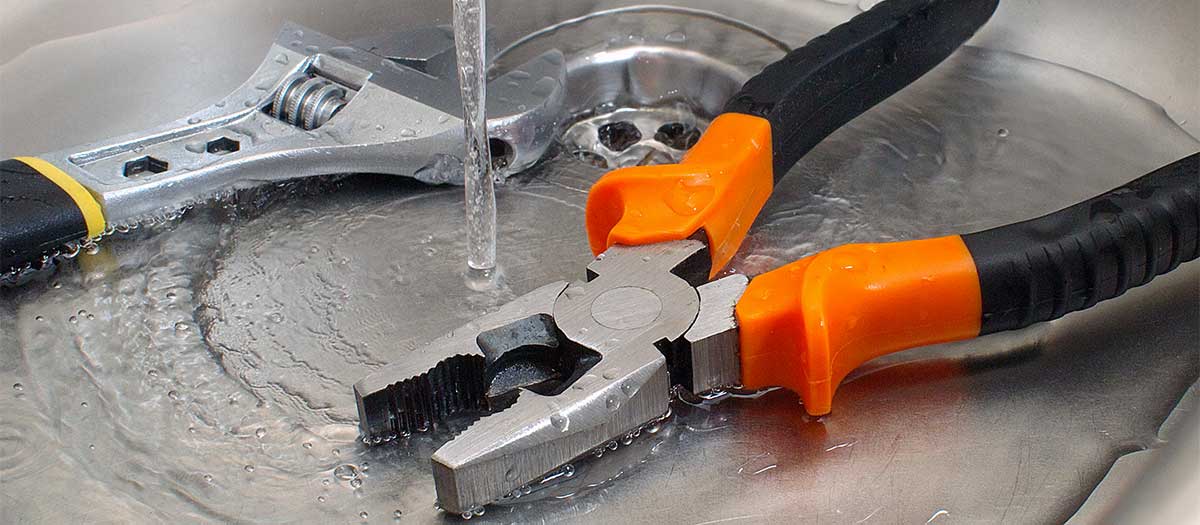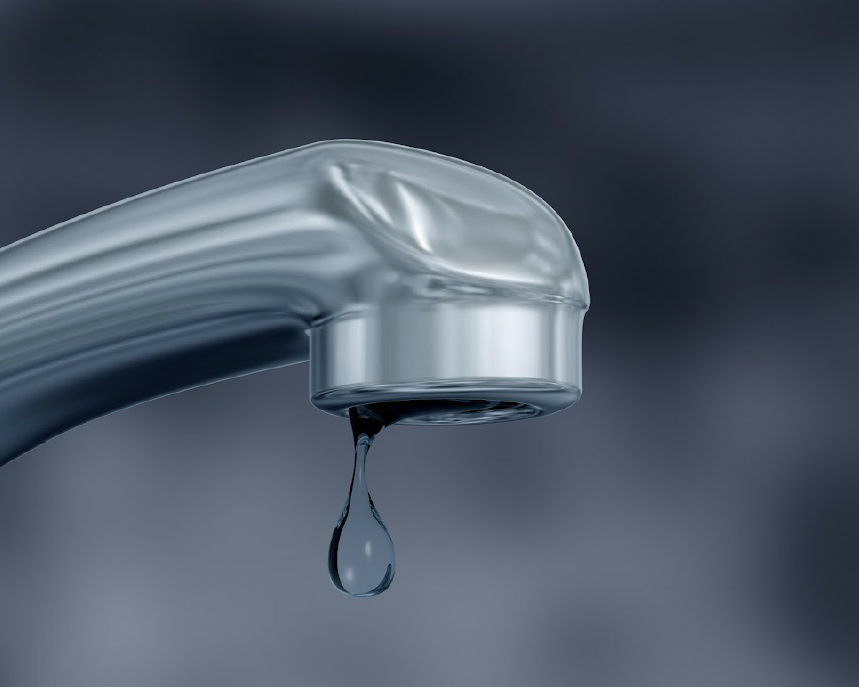Just how do you really feel when it comes to Leaking water lines?

Early discovery of leaking water lines can reduce a possible disaster. In addition to saving you money, it will certainly reduce the stress and disappointment. The minute you find a leak, calling your plumber for fixings is the best option. Some tiny water leaks may not be visible. Below are some hacks that help if you can not identify it with your nude eyes.
1. Take A Look At the Water Meter
Every residence has a water meter. Inspecting it is a surefire manner in which aids you uncover leaks. For beginners, switch off all the water resources. Guarantee nobody will purge, make use of the faucet, shower, run the cleaning machine or dish washer. From there, go to the meter and also watch if it will alter. Given that no one is using it, there must be no motions. That suggests a fast-moving leak if it relocates. Also, if you discover no changes, wait a hr or two and check back once more. This means you might have a slow-moving leakage that might even be below ground.
2. Examine Water Usage
Evaluate your water expenses and track your water consumption. As the one paying it, you should notice if there are any kind of disparities. If you identify sudden changes, despite your consumption coinciding, it indicates that you have leaks in your plumbing system. Remember, your water costs must drop under the exact same range every month. An abrupt spike in your bill shows a fast-moving leak.
On the other hand, a stable rise each month, despite having the exact same habits, reveals you have a slow leak that's additionally gradually escalating. Call a plumber to thoroughly examine your building, especially if you really feel a cozy area on your flooring with piping underneath.
3. Do a Food Coloring Examination
When it comes to water usage, 30% comes from bathrooms. If the shade in some way infiltrates your dish throughout that time without flushing, there's a leakage between the tank and bowl.
4. Asses Exterior Lines
Do not neglect to examine your outside water lines as well. Should water permeate out of the link, you have a loosened rubber gasket. One tiny leakage can waste loads of water as well as surge your water bill.
5. Assess the scenario as well as check
Home owners need to make it a routine to examine under the sink counters and also even inside cupboards for any type of bad odor or mold and mildew growth. These two red flags show a leakage so punctual focus is needed. Doing regular inspections, even bi-annually, can save you from a significant issue.
Check for discolorations as well as damaging as many devices as well as pipes have a life expectancy. If you believe leaking water lines in your plumbing system, don't wait for it to escalate.
Early detection of dripping water lines can alleviate a possible catastrophe. Some little water leakages may not be noticeable. Inspecting it is a surefire means that helps you discover leaks. One small leakage can throw away heaps of water and spike your water costs.
If you believe leaking water lines in your plumbing system, don't wait for it to rise.
WARNING SIGNS OF WATER LEAKAGE BEHIND THE WALL
PERSISTENT MUSTY ODORS
As water slowly drips from a leaky pipe inside the wall, flooring and sheetrock stay damp and develop an odor similar to wet cardboard. It generates a musty smell that can help you find hidden leaks.
MOLD IN UNUSUAL AREAS
Mold usually grows in wet areas like kitchens, baths and laundry rooms. If you spot the stuff on walls or baseboards in other rooms of the house, it’s a good indicator of undetected water leaks.
STAINS THAT GROW
When mold thrives around a leaky pipe, it sometimes takes hold on the inside surface of the affected wall. A growing stain on otherwise clean sheetrock is often your sign of a hidden plumbing problem.
PEELING OR BUBBLING WALLPAPER / PAINT
This clue is easy to miss in rooms that don’t get much use. When you see wallpaper separating along seams or paint bubbling or flaking off the wall, blame sheetrock that stays wet because of an undetected leak.
BUCKLED CEILINGS AND STAINED FLOORS
If ceilings or floors in bathrooms, kitchens or laundry areas develop structural problems, don’t rule out constant damp inside the walls. Wet sheetrock can affect adjacent framing, flooring and ceilings.
https://www.servicemasterbyzaba.com/blog/how-to-detect-water-leakage-in-walls/

I hope you enjoyed our topic about Leaking water lines. Many thanks for taking the time to read through our piece. Enjoyed reading our write-up? Please share it. Help other people find it. Thanks for taking the time to read it.